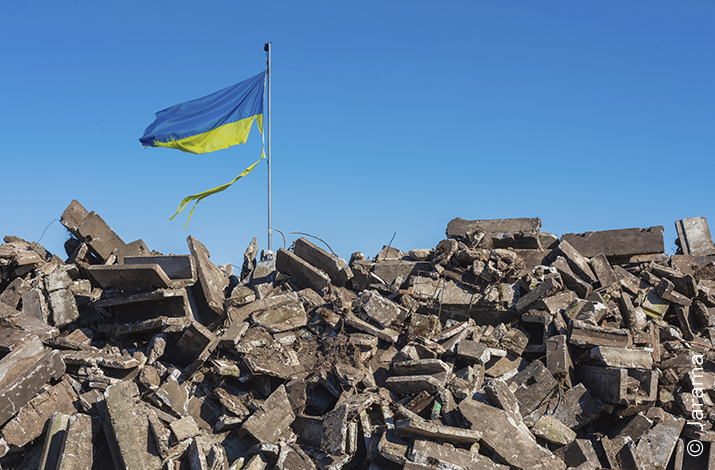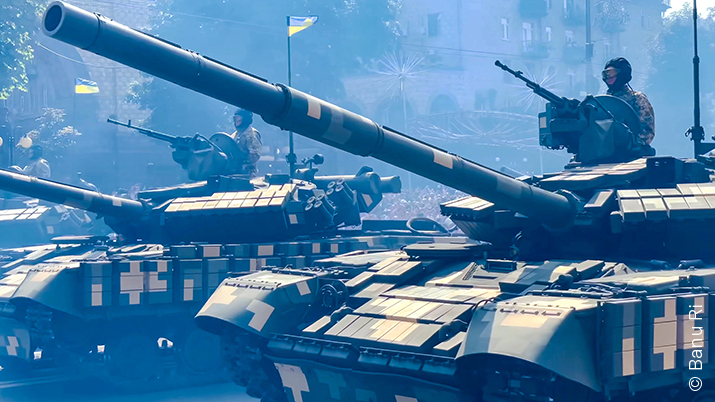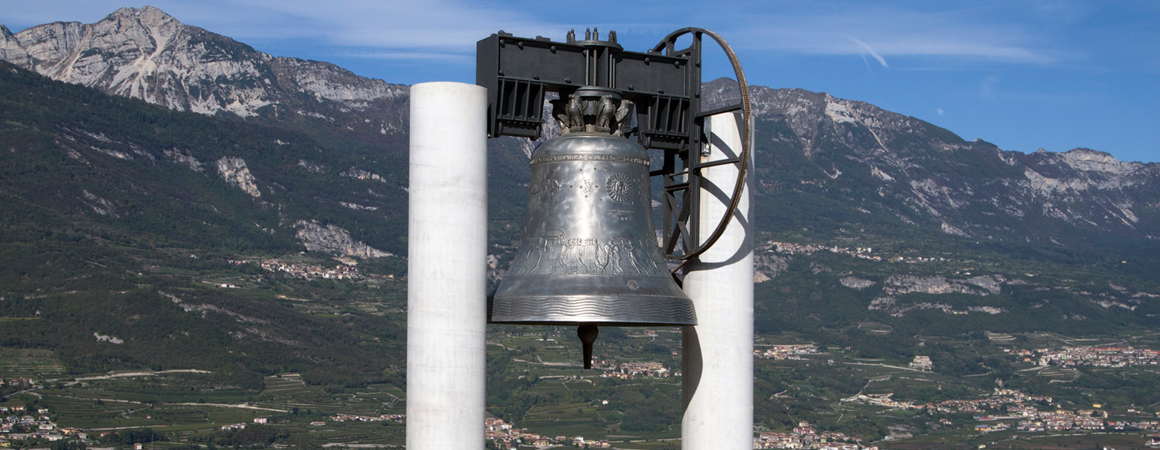A BOOK ON THE HISTORICAL REASONS FOR THE CONFLICT IN UKRAINE
If language is the instrument of thought, it becomes necessary to understand the meaning of words in order to understand what is going on around us. All the more so when things become complex and tragic, as in the case of the conflict in Ukraine. Carico 200, a book written by Sergio Giangregorio and Mario Neri, can help us unravel this intricate tangle. It points out how the Russian invasion has catapulted us into a “magmatic battlefield where disinformation and counter-information mix with the truth of war crimes, on the fringes of the unbelievable and the impossible”.
The danger, the authors add, “is becoming accustomed to the tragedy that is being experienced in Ukraine today and could be even closer tomorrow, a scenario that takes our breath away, but which opens a window on a scenario that could be our future or perhaps our present”. Below are some excerpts from the book that frame the current conflict from original perspectives, with insights that use history to shed light on fragments of current events.
THE MEANING OF WORDS
The word Ukraine means borderland, for the etymology of the name is a borderland between Russia and Europe, characterised by strong geopolitical pressure.
In order to try to see why we are fighting today, we must look back and understand the facts in their historical depth, in the main political, economic, cultural and social characteristics of this nation's mix of different peoples and cultures.
For centuries, the territories of modern Ukraine were subject to the expansionist aims of the neighbouring countries, which often changed the customs and life of the indigenous populations, imposing repressive policies.
These continuous ethnic contaminations have made it difficult to understand what is authentically Ukrainian and what distinctly differentiates Ukrainians from their Polish, Romanian and Russian neighbours; Kiev itself is considered the mother of all cities in Russia and the birthplace of civilisation.
Ukrainian nationalist thought originated prior to the nation-state. But the literature claiming Ukrainian autonomy has always lacked the connection to a force capable of making cultural autonomy a reality and, in a word, shaping an independent and autonomous nation.
Over time, Ukrainian culture took on a mythological connotation that later became a reference for ideological currents in contrast to the pervasive and encompassing power of first the Tsarist empire and later the Soviet Union, up to the current Russian Federation.
The Ukrainian myth, after the Cossack interlude, which claimed independence from both the Polish Republic and Muscovy and gave birth to an intellectual elite destined to become the backbone of Ukrainian nationalism, failed, however, to unite the different realities in a process of forming a national identity capable of fighting for its own state.
In the history of the Ukrainian population and the Ukrainian independence movement, the ideal of identity was never directed towards the claim to a territory, to a border established on the basis of a previous state experience; the struggle was sparked from a cultural claim aimed at the pursuit of one's own identity, separate and distinct from the Moscow one, but still within the framework of the Slavic world.
Ukraine thus lacks a collective and unifying memory and, as a consequence, this has led the population in the western areas to feel as if they were children of European tradition and culture, while in the eastern regions a strong sense of attachment to Russia and all that it represents remains.
At the end of the Second World War, Stalin made numerous interventions in Ukraine aimed at the reorganisation of the economy, the issue of minorities and the management of the western territories with the objective of implementing the industrial sector, as opposed to the agricultural sector.
The Soviet system tried to amalgamate the Ukrainian population under communist governance by implementing a strong repression against the Greek-Catholic Church, which was widespread in the west.
This condition contributed to the inhabitants of the Ukrainian territories living in two separate worlds, developing different political, historical, cultural and socio-economic characteristics.
Thereafter, further massive Russian investments financed the industrial development in Ukraine, and industrialisation led to major social changes but failed to bring the population of western Ukraine towards mass adherence to the Soviet party and ideology.
CARICO 200
Cargo 200 is a Soviet and post-Soviet military code which was and is used to indicate the transport of dead soldiers' bodies.
The number 200 in military transport codes indicates, in fact, the bodies of the fallen soldiers recovered from the battlefield to be repatriated.
Over time, lexically, “cargo 200” has become the synonym for the loss of soldiers during a conflict.
The code was first used by the Soviets during the war in Afghanistan and it was printed on the livery of the Antonov AN-12 aircraft used to repatriate the bodies of the fallen. From then on, it would be used for all vehicles used for that purpose.
Even today in Ukraine, the vehicles sent to the front to recover the bodies of dead soldiers are called “cargo 200”.
While the Ukrainians have set up a proper service for the recovery of the fallen with a subsequent religious funeral in the soldier’s country of origin, the Russian General Staff has decided not to repatriate the bodies of the dead soldiers, not to authorise any funeral, but to proceed with the cremation of the bodies in mobile or field crematoriums, justifying the decision with the need not to create internal dissent over the ongoing invasion war.
The aim of Carico 200 is therefore, to draw attention to the chilling scenario of this war where, while Ukrainians mourn the dead soldiers and civilians, every day, the Kremlin tries to hide the losses suffered in combat, fearing criticism at home.








